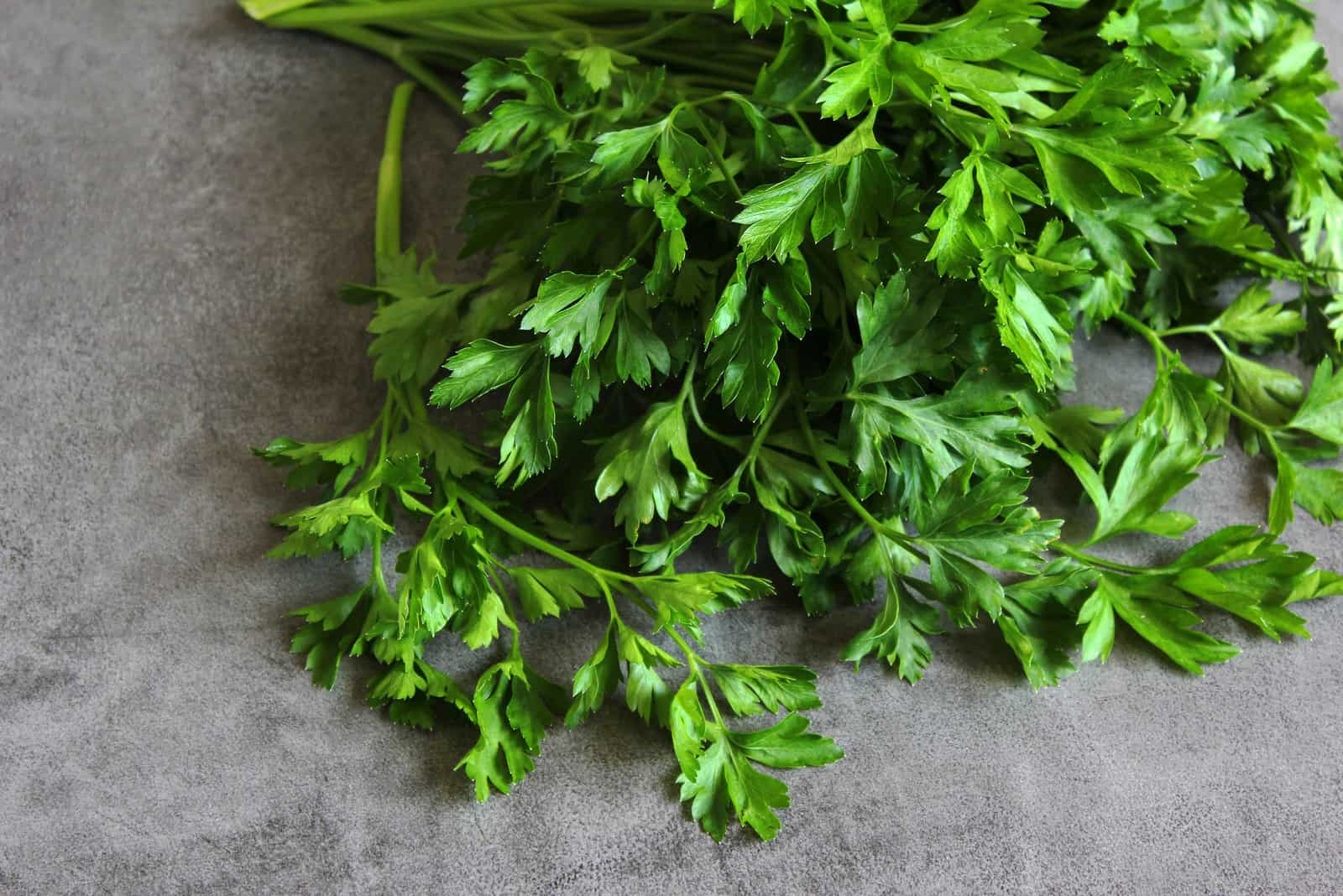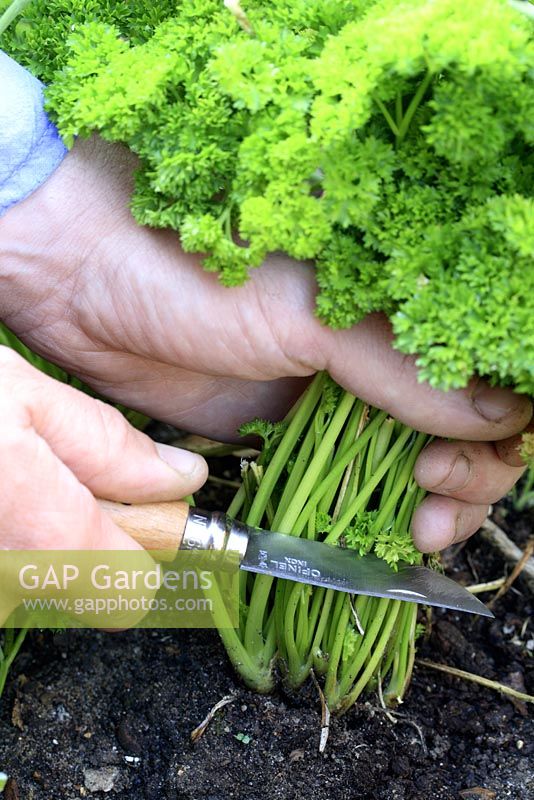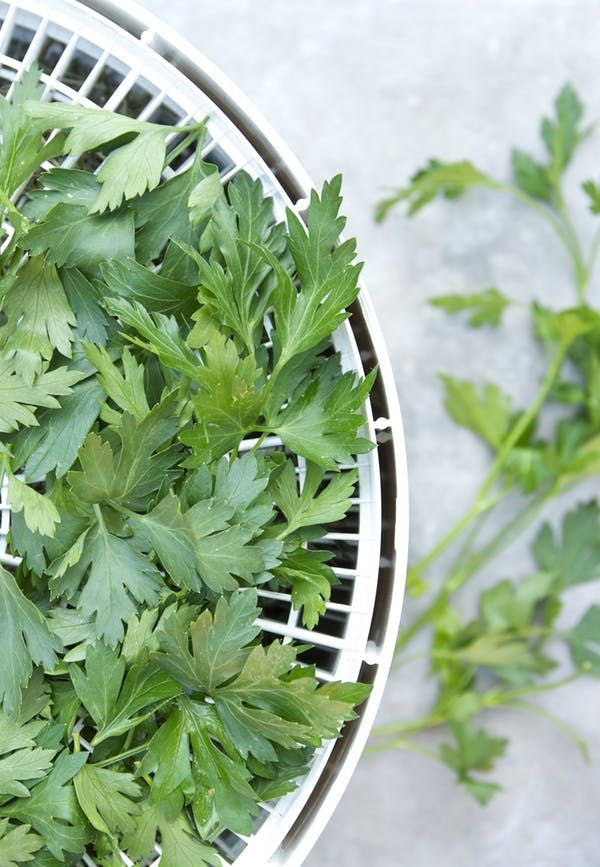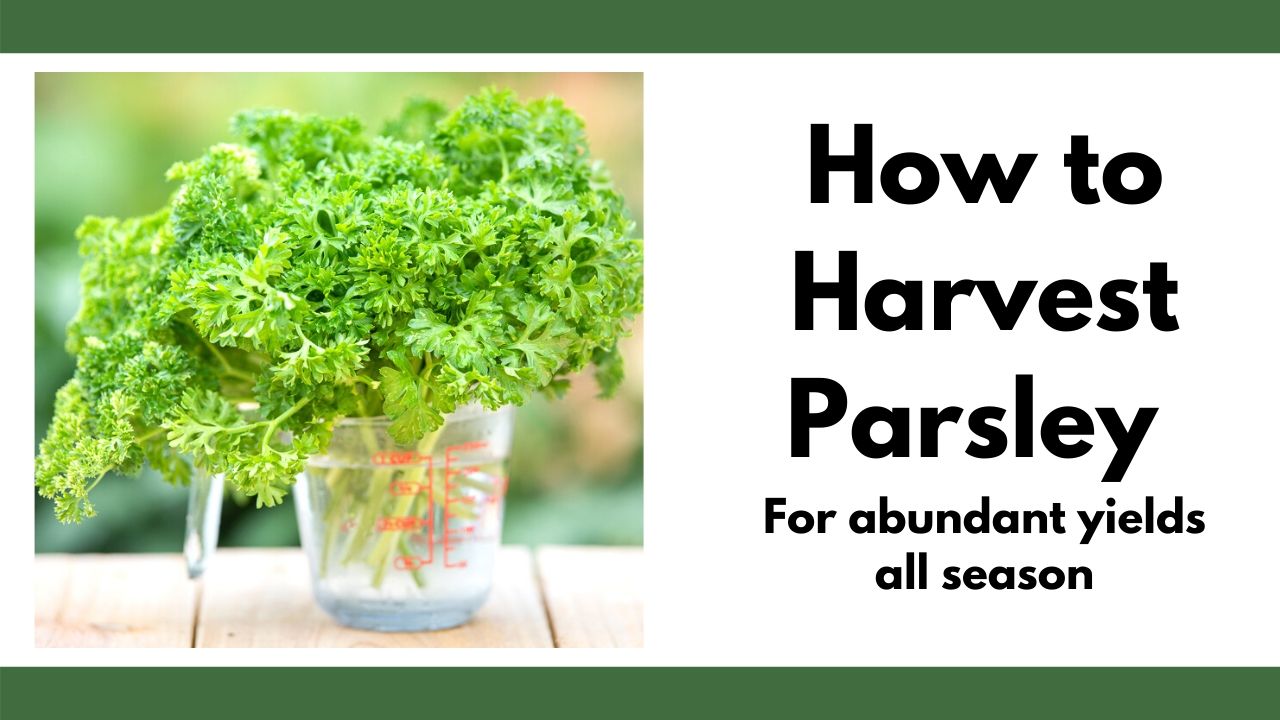The Secret to Prolonging Parsley’s Flavor and Freshness
When it comes to harvesting parsley, timing and technique are crucial. Harvesting parsley at the right time and in the right way can make all the difference in preserving its flavor, aroma, and nutritional value. In fact, the best way to harvest parsley is essential to unlocking its full potential and enjoying its many culinary and health benefits. Improper harvesting, on the other hand, can lead to wilted leaves, reduced potency, and a less flavorful addition to dishes. By understanding the importance of proper harvesting techniques, individuals can ensure a continuous supply of fresh, fragrant parsley leaves that elevate the flavor of various recipes.
How to Identify the Perfect Harvesting Time
Determining the optimal time to harvest parsley is crucial to ensuring its flavor, aroma, and nutritional value are preserved. To identify the perfect harvesting time, look for leaves that have reached their full size, typically around 2-3 inches in length. The color of the leaves should be a vibrant green, and the texture should be crisp and tender. Avoid harvesting parsley too early, as the leaves may be too small and lack flavor. On the other hand, harvesting too late can result in leaves that are tough and bitter. By checking for these signs of readiness, individuals can ensure they are harvesting parsley at the best time, resulting in a more flavorful and nutritious addition to their dishes.
The Best Techniques for Harvesting Parsley
When it comes to harvesting parsley, there are several techniques to choose from, each with its own advantages and disadvantages. The best way to harvest parsley depends on the desired outcome and the stage of plant growth. Pinching, cutting, and pulling are three common methods used to harvest parsley. Pinching involves gently removing individual leaves or stems from the plant, allowing for continuous harvesting and promoting bushy growth. Cutting, on the other hand, involves using scissors or pruning shears to snip off the desired amount of parsley, making it ideal for harvesting larger quantities. Pulling, although not recommended, involves uprooting the entire plant, which can be detrimental to the plant’s health and future growth. Understanding the pros and cons of each technique can help individuals choose the best method for their parsley harvesting needs, ensuring a continuous supply of fresh, flavorful parsley.
The Role of Pruning in Encouraging Parsley Growth
Pruning is a crucial step in promoting healthy parsley growth and encouraging new leaves to emerge. By pruning parsley regularly, individuals can prevent the plant from flowering and going to seed, which can reduce its flavor and aroma. Pruning also helps to stimulate bushy growth, increase parsley yield, and improve the overall appearance of the plant. To prune parsley effectively, use clean scissors or pruning shears to remove any weak or damaged stems, and trim back the plant to about one-third of its height. This will encourage new growth and prevent the plant from becoming leggy. By incorporating pruning into their parsley harvesting routine, individuals can enjoy a continuous supply of fresh, flavorful parsley and maximize their parsley yield. Remember, the best way to harvest parsley is to prune regularly, as this will promote healthy growth and encourage new leaves to emerge.
Preserving Parsley’s Freshness: Tips for Storage and Handling
To maintain the freshness and flavor of freshly harvested parsley, it’s essential to store and handle it properly. One of the best ways to harvest parsley is to store it in a cool, dry place, away from direct sunlight. Use a breathable container, such as a paper bag or a mesh bag, to store parsley, as this will help to prevent moisture buildup and reduce the risk of mold and mildew. When refrigerating parsley, make sure to wrap it in a damp paper towel to maintain humidity and keep it fresh for longer. Avoid washing parsley before storing it, as excess moisture can cause it to wilt and lose its flavor. Instead, gently rinse parsley just before using it to remove any dirt or debris. By following these simple storage and handling tips, individuals can enjoy fresh, flavorful parsley for a longer period and make the most of their parsley harvest.
Common Mistakes to Avoid When Harvesting Parsley
When it comes to harvesting parsley, there are several common mistakes that can lead to reduced flavor, wilted leaves, and decreased potency. One of the most critical mistakes to avoid is pulling the entire plant, which can damage the roots and prevent future growth. Instead, use the best way to harvest parsley by pinching or cutting off individual stems, leaving the roots intact. Another mistake is harvesting too much parsley at once, which can stress the plant and reduce its yield. To avoid this, harvest parsley in moderation, taking only what is needed for immediate use. Failing to clean the leaves properly is another common mistake, which can lead to mold and mildew. Gently rinse parsley leaves with cold water to remove any dirt or debris, and pat them dry with a clean towel to prevent moisture buildup. By avoiding these common mistakes and using gentle handling techniques, individuals can ensure a bountiful parsley harvest and enjoy the full flavor and nutritional benefits of this versatile herb.
Maximizing Parsley Yield: Strategies for Continuous Harvesting
To ensure a continuous supply of fresh parsley, it’s essential to implement strategies that promote healthy growth and encourage new leaves to emerge. One of the best ways to harvest parsley is to plant multiple batches of parsley, spaced 1-2 weeks apart, to ensure a steady supply of fresh leaves. Succession planting is another effective method, where new parsley plants are planted every 2-3 weeks to replace mature plants. Providing optimal growing conditions, such as well-draining soil, full sun, and adequate water, can also increase parsley yield and reduce waste. Additionally, using the best way to harvest parsley, such as pinching or cutting off individual stems, can help promote bushy growth and encourage new leaves to emerge. By implementing these strategies, individuals can enjoy a bountiful parsley harvest throughout the growing season and reduce the need for frequent re-planting. Furthermore, continuous harvesting can help prevent parsley from flowering and going to seed, which can reduce its flavor and potency. By adopting these methods, parsley enthusiasts can enjoy a fresh and flavorful harvest all season long.
Parsley Harvesting Tools and Essentials
When it comes to harvesting parsley, having the right tools and supplies can make all the difference in ensuring a successful and efficient harvest. One of the most essential tools for harvesting parsley is a good pair of scissors or pruning shears. These tools allow for precise cutting and trimming of the parsley stems, making it easy to harvest the leaves without damaging the plant. Gardening gloves are also a must-have, as they provide protection for the hands from thorns and dirt, while also giving a better grip on the stems. Additionally, a clean and dry container is necessary for storing the freshly harvested parsley, helping to maintain its freshness and flavor. Using high-quality tools and supplies can greatly improve the harvesting experience, making it easier to adopt the best way to harvest parsley and enjoy a bountiful and flavorful harvest. By investing in the right tools and supplies, parsley enthusiasts can ensure a successful harvest and enjoy the many benefits of fresh parsley.








